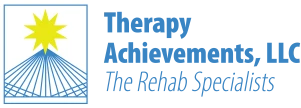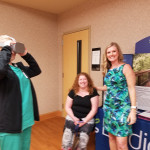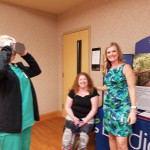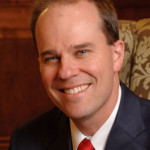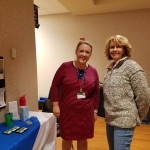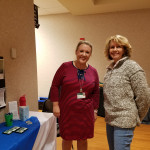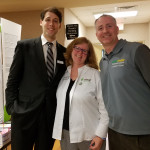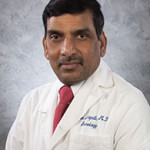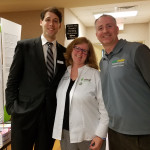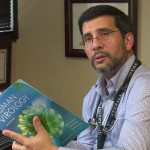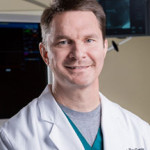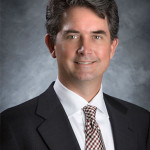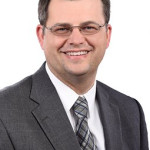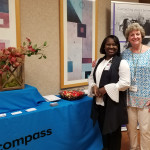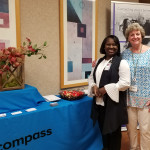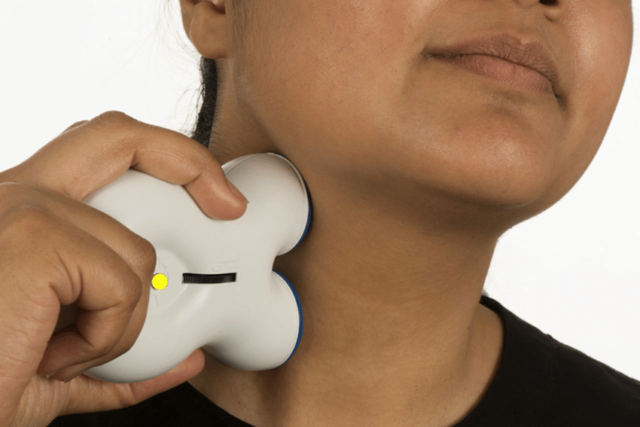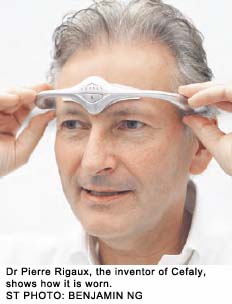
The 2019 Neurology and Neurosurgery Conference was held at Huntsville Hospital on Sat. 4-28-19. Cutting edge treatment information was presented for brain injury caused by catastrophic Stroke, Gliablastoma,
Meningitis, Encephalitis and other neurological conditions including Migraine Headaches, Trigeminal Neuralgia. Local and regional expert physician practitioners shared current trends in treatment and answered questions about difficult aspects of treating these conditions.
Catastrophic Stroke
Dr. Dyed Kazmi from Tufts University School of Medicine in Boston provided information on the treatment option of hemicranitomy for catastrophic stroke and outlined the importance of rehabilitation in maximizing the effects of neuroplasticity. Physical therapy, occupational therapy and speech therapy play a key role in rehabilitation.
Gliablastoma
Dr. Rhett Murray from the Spine and Neuro Center provided information on surgical and oncological treatment options for Gliablastoma. He described the surgical technique he uses to remove a tumor and replace it with a Gliadel Wafer to provide chemo therapy to the space the tumor occupied. He also shared case studies in which patients have used Optune –a device that creates wave-like electric fields to reduce the cell division of glioblastoma tumors and impede tumor growth. With Optune, electrodes are placed on the head and connected to the device that is carried in a small shoulder bag. Clinical trial results show nearly half of people on Optune plus chemotherapy were alive at 2 years compared with 31% of people on chemotherapy alone.
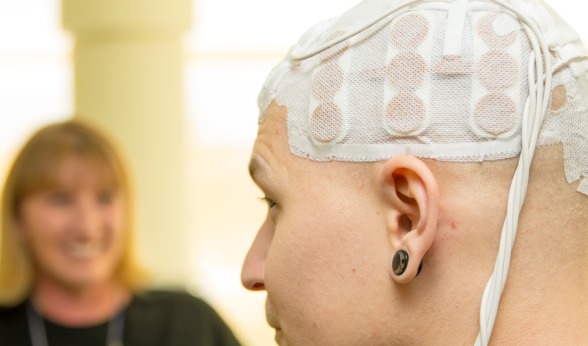
Optun for Treatment of Glioblastoma
Migraine Headaches
Dr. Anjaneyulu Alapati from Huntsville Hospital presented on treatment of migraine headaches and outlined management strategies. Pharmalogical treatment options including Tryptans, Prophylaxis, and the use of Botox injections whereas non-pharmalogical treatment options including Gamma core – a handheld device that provides vagus nerve stimulation, and Transcutaneous Supra Orbital Nerve Stimulation, – a handheld device that provides cranial nerve stimulation. Also, physical therapy for myofascial release can be very effective in increasing tissue flexibility and decreasing pain.
Trigeminal Neuralgia
Dr. Stephen Sandwell from the Spine and Neuro Center presented on trigeminal neuralgia. He described surgical decompression and ablation methods using radiosurgery techniques.
Meningitis and Encephalitis
Dr. Ali Hassoun from the Alabama Infectious Disease Center presented on the challenges of diagnosing meningitis and encephalitis. He described the types of meningitis and encephalitis and the devastation it can cause. Because of this, early detection and treatment are paramount and molecular testing is taking on an important role in diagnosis. Once the correct diagnosis is made, antimicrobial or steroid treatment options can be decided.
Brain Injury and Stroke
Brain injury, weather from stroke, glioblastoma, meningitis, trauma, or other causes can be devastating. It can result in impaired movement including muscle paralyses, difficulty moving one half of your body, incoordination or foot drop. It can result in tight muscles, spasticity and pain. It can result in impaired visual function including homo-hemianapsia, field cuts, double vision or blurry vision. It can result in impaired cognition including impaired short-term memory, difficulty with organization or problem solving impairments. It can result in impaired communication and swallowing including dysphagia (difficulty or inability to swallow), aphasia (difficulty or inability to speak), or aspiration (liquid or food penetrating into the airway). Most people are completely unprepared to deal with the changes that happen after brain injury and stroke. But the good news is therapy can help.
Rehabilitation for Brain Injury and Stroke
Comprehensive rehabilitation for brain injury and stroke can help you put the pieces back together again. Your rehabilitation doctor will head your team and your team may include physical, occupational and speech therapists. Your rehab team will guide you through the course of your recovery to help you get back to the job of living.
Physical Therapy for Brain Injury and Stroke
Your physical therapist will evaluate your flexibility and range of motion, your strength and endurance and your balance and look for impairment that might cause pain or interfere with your ability to move, walk, and maintain balance. An individualized treatment plan will be developed that may include:
Manual therapy – myofascial release, massage, tissue mobilization or other techniques – to increase tissue flexibility, range of motion and decrease pain.
Stretches and Exercises – Stretches and exercises to decrease pain, increase muscle strength and flexibility, and increase muscle coordination.
Balance and Gait Training – Exercises and activities to improve walking, decrease loss of balance and reduce falls.
Modalities – Modalities such as Neuromuscular E-Stim, TENS, Low Level Laser, Negative Pressure, Ultrasound to increase tissues flexibility, decrease swelling, decrease pain and prepare tissues for movement.
Occupational Therapy for Brain Injury and Stroke
Your occupational therapist will evaluate your arm and hand function, your visual function and your ability to complete activities of daily living such as dressing, bathing, cooking, shopping, driving or other functional living skills. An individualized treatment plan will be developed that may include:
ADL Training & Adaptive Equipment– Training in how to complete activities of daily living and identification of adaptive equipment such as reachers, dressing sticks, sock donners or other that can help compensate for changes resultant from the brain injury.
Exercise for Strength and Coordination – Stretches and exercises to decrease pain, increase muscle strength and flexibility, and increase muscle coordination.
Modalities – Modalities such as Neuromuscular E-Stim, TENS, Low Level Laser, Negative Pressure, Ultrasound to increase tissues flexibility, decrease swelling, decrease pain and prepare tissues for movement.
Visual Re-Training – Eye coordination exercise and training in compensatory scanning to increase visual function for reading, driving and other functional activities.
Driving Rehab – Evaluation of safety to resume driving, identification of adaptive driving equipment needs, and training in risk reduction strategies.
Speech Therapy for Brain Injury and Stroke
Your speech therapist will evaluate your cognitive function for memory, organization and problem solving, your ability to communicate effectively with others, and your ability to safely chew and swallow. An individualized treatment plan will be developed that may include:
Cognitive Re-Training – Exercises and activities to increase memory, organization and problem solving and training in strategies to compensate for impairments.
Speech and Language Training – Exercises and activities to increase word finding, articulation, voice volume, breath support and comprehension to better understand what others are saying and express thoughts and ideas to others.
Swallowing and Eating – Exercises to increase lip, tounge, and throat muscles strength and coordination to enable chewing and swallowing in a strong and well coordinated manner.
Although brain injury or stroke can be very overwhelming, your rehabilitation team can help you re-gain your function and reach your potential. Huntsville is very fortunate to have a wide array of very knowledgeable and very skilled physicians, nurses and therapists to help you navigate each aspect of your recovery process and Therapy Achievements would be happy to help you with your out patient needs.
